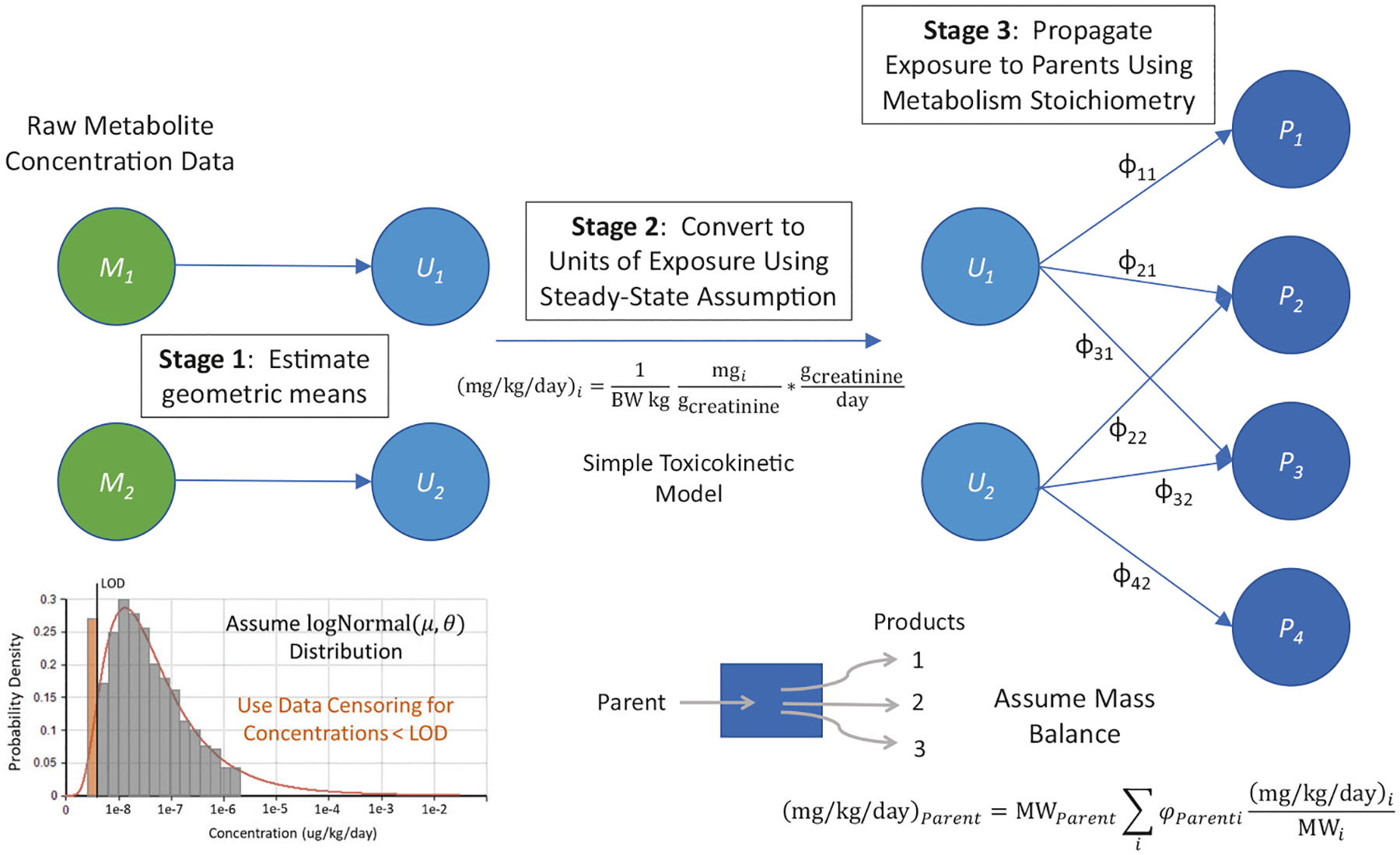Fig. 1. Depiction of the Bayesian inference methodology employed to estimate human exposure to parent chemicals of metabolites measured in urine biomonitoring data.

The approach consists of three stages. Stage 1 involves estimating the geometric mean concentration of each metabolite. The concentration distribution for a population is assumed to be lognormal, and concentrations below the limit of detection (LOD) are handled by left-censoring the data. Stage 2 uses a simple toxicokinetic model (steady-state is assumed) to convert concentration measurements into a dose value (mg/kg/day). Stage 3 makes use of prior knowledge, in the form of known chemical metabolism (linking parents to their products), along with conservation of mass balance to propagate or translate metabolite exposures to parent intake rates.
